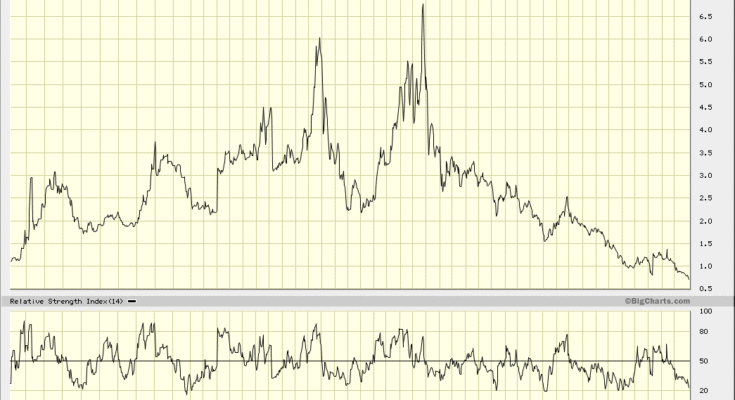ECB: What is its Talk Actually Worth?
Many people are beginning to wonder these days how long the ECB’s trick of promising action instead of delivering action will continue to ‘work’ (allow us to interpose here, that we believe the less they do, the better it is). To understand the activities of the ECB in recent times, one must keep in mind that central bankers far and wide have become convinced that their ‘ forward guidance’ is an extremely powerful tool in the central banking ‘tool-box’. We would argue that this is only a half-truth. It is true that psychological factors are an important driver of financial market activity, but if one analyzes historical contingencies on a case by case basis, one soon realizes that whatever psychological effects one was able to observe were always supported by real forces.
In order to bring this into context with the ECB, it has often been argued that Mario Draghi, by merely holding out the promise of ‘OMT’, managed to steer the euro area’s sovereign bond markets from panic to relative calm. Lately the ‘calm’ has actually evolved into a state of utter complacency:

Spain’s 2 year government note yield: from total panic to serene complacency. Meanwhile, Spain’s public debtberg has continued to grow by leaps and bounds – click to enlarge.
The Real Factors
We never believed that this was a realistic assessment, and felt that the promise would eventually be ‘tested’ by the markets. This certainly hasn’t happened yet (quite on the contrary, markets act as if there were no longer any problems at all), but we are indeed able to enumerate the ‘real’ factors that have been the root cause of the improvement. In no particular order, these were:
1. A decline in trade and current account imbalances within the euro area, and the associated decline in the TARGET 2 payment system’s imbalances. This was achieved by means of grueling recessions in the periphery and the re-nationalization of government debt financing (more on this below).

